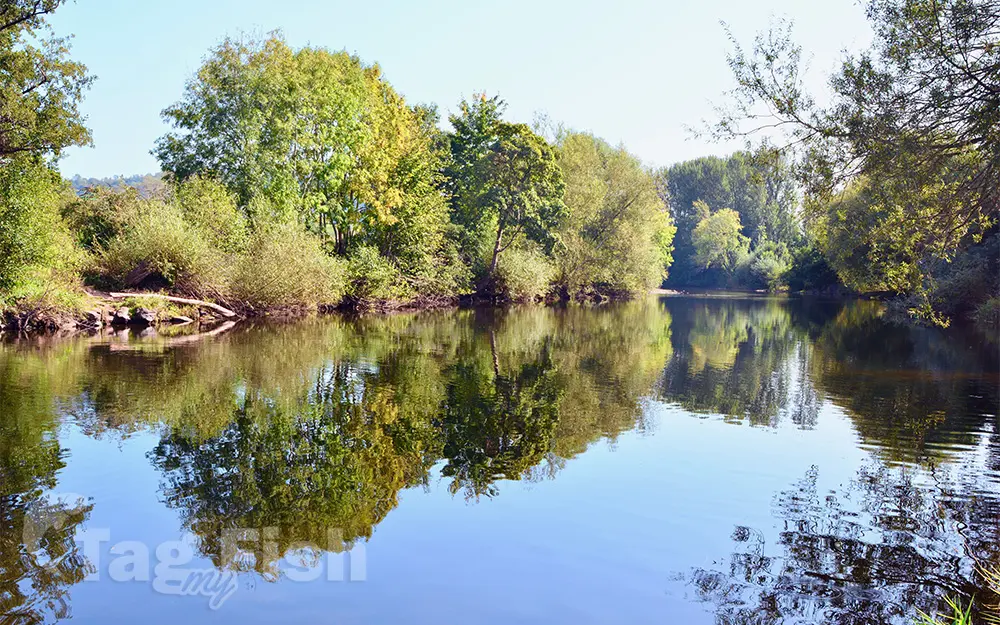River Usk

General data
- Name: River Usk
- Water system: Atlantic Ocean
- Water type: River
- Progression: Severn Estuary -> Bristol Channel -> Celtic Sea -> Atlantic Ocean -> Planet Earth
- Climates: Temperate
- Continents: Europe
- Countries: Wales (UK)
The River Usk rises on the northern slopes of the Black Mountain, Wales, in the westernmost part of the Brecon Beacons National Park. Initially forming the boundary between Carmarthenshire and Powys, it flows north into Usk Reservoir, then east by Sennybridge to Brecon before turning southeast to flow by Talybont-on-Usk, Crickhowell and Abergavenny, after which it takes a more southerly course. Beyond the eponymous town of Usk, it passes the Roman legionary fortress of Caerleon to flow through the heart of the city of Newport and into the Severn Estuary at Uskmouth beyond Newport near the Newport Wetlands. The river is about 125 km (78 mi) long and is the longest to flow wholly within Wales. The Monmouthshire and Brecon Canal follows the Usk for most of the length of the canal. Ecology The whole river has been designated a Site of Special Scientific Interest. It contains estuary with mudflats and salt marsh, lagoons, bog and marsh, varied grassland and woodland habitats along its course. Its flora and fauna are diverse and include Atlantic salmon, European otters, twait shad, shad, lamprey, European perch, brown trout, chub, common dace and common roach as well as kingfishers, grey herons and other wildfowl and bird life. The Usk has long been a noted salmon and trout fishing river. Salmon of over 30 pounds (14 kg) may still be caught. In 1999 the river had the highest estimated salmon egg deposition of any river south of Cumbria and the Scottish rivers, and exceeded its spawning target. The river has recently been rated as the best fly fishing water in Wales for salmon and inside the UK Top Ten. The normal tidal limit of the river is just below the bridge at Newbridge-on-Usk, some 5 mi (8.0 km) north of Newport.

 English
English
 Spanish
Spanish
 German
German
 French
French
 Serbian
Serbian
 Russian
Russian

